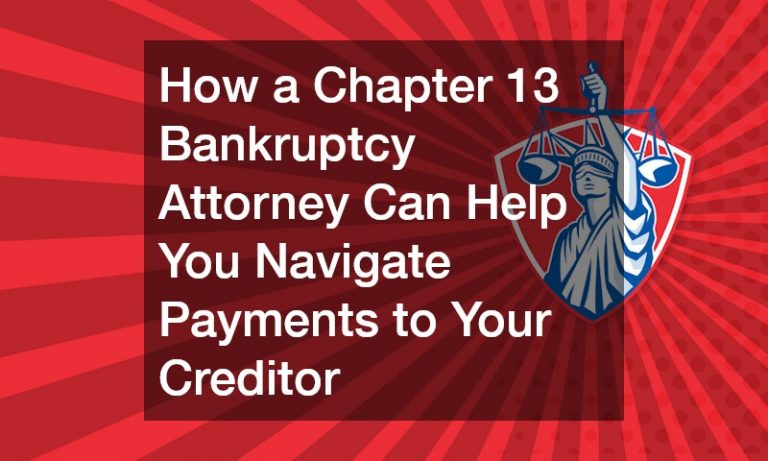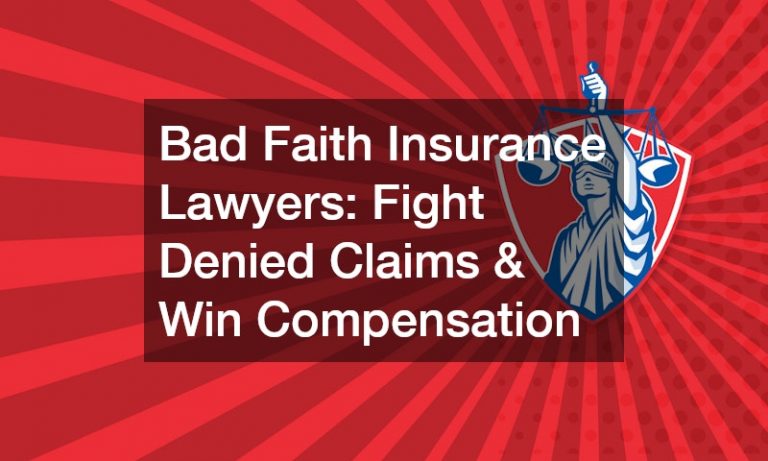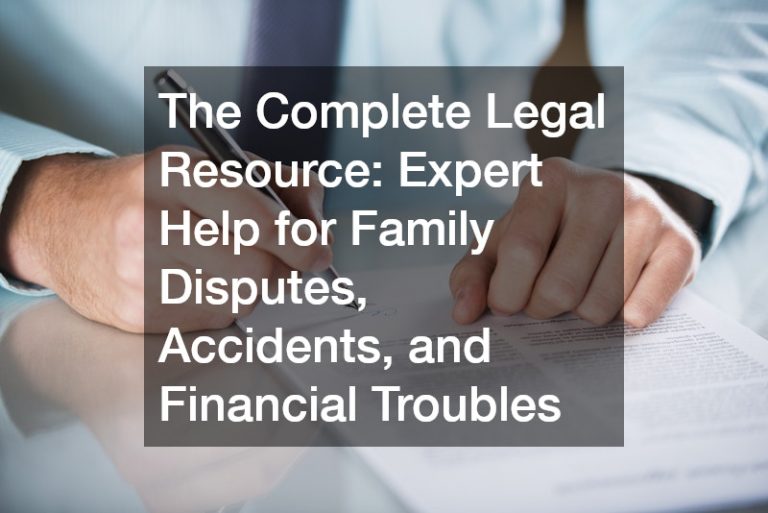
Running a business involves navigating a complex landscape of risks and challenges. Among the most daunting challenges are the liabilities that can arise from everyday operations, contractual obligations, or unforeseen accidents. Whether you’re a startup or an established enterprise, understanding and mitigating liabilities is essential to safeguard your assets and ensure the long-term sustainability of your business. In this comprehensive guide, we’ll explore strategies, legal considerations, and operational improvements that can help you protect your business from liabilities while laying a strong foundation for growth.
Maintaining a secure business environment requires a balanced approach. On one hand, you must focus on immediate risk management and protection; on the other, you need to invest in long-term strategies such as market expansion and infrastructure improvements. This blog provides a detailed roadmap for navigating these challenges by combining legal expertise, strategic planning, and practical operational tactics.
Understanding the Scope of Business Liabilities
Business liabilities can manifest in many forms—ranging from contractual disputes and regulatory fines to accidents on your premises. Understanding the full scope of these potential liabilities is the first step in building a robust risk management plan.
Liabilities can include issues related to employee safety, property damage, and customer disputes. Moreover, when a business is involved in a litigation case, the costs and reputational damage can be significant. Legal experts, such as personal injury lawyers, can offer crucial guidance if your business faces claims related to workplace injuries or customer accidents. Their expertise can help ensure that you address any incidents properly and maintain compliance with local safety regulations.
A thorough understanding of your business’s liabilities involves a regular assessment of your operations, assets, and contractual obligations. This process includes reviewing your employment policies, product safety measures, and even the layout and physical security of your premises. By taking a proactive approach to identify vulnerabilities, you can implement policies and procedures to mitigate risks before they escalate.
Legal Considerations and Professional Support
Navigating the legal landscape is one of the most critical aspects of protecting your business from liabilities. In addition to understanding potential legal risks, it is vital to work with professionals who can provide specialized advice. For example, consulting with personal injury lawyers early on can be beneficial if your business has a physical location that welcomes customers and employees. Their insights can help you implement safety protocols and reduce the likelihood of accidents that might lead to litigation.
Moreover, there may come a time when financial difficulties or operational challenges force a reevaluation of your business structure. At such times, engaging with a chapter 7 attorney might become necessary to explore options for bankruptcy or liquidation. While this step is generally considered a last resort, knowing when and how to consult the right legal experts can help you navigate these complex situations more smoothly.
In addition to legal advisors, it is important to work with professionals who specialize in risk management and compliance. These experts can help you draft contracts, manage regulatory requirements, and set up internal controls. Regular legal audits can uncover potential loopholes or vulnerabilities in your current practices, allowing you to take corrective action before small issues become costly liabilities.
Financial Strategies and Insurance
One of the most effective ways to shield your business from the financial impact of liabilities is by investing in robust insurance coverage. Collaborating with reputable business insurance companies can provide a safety net that helps cover legal fees, settlements, or repair costs in the event of an accident or lawsuit. Insurance policies tailored to your industry can mitigate risks ranging from property damage to professional liability claims.
When selecting an insurance policy, it is important to review your specific risk profile. Consider the various aspects of your business operations, such as physical assets, employee safety, and customer interactions. A comprehensive insurance strategy not only covers potential legal expenses but also helps protect your cash flow during challenging times. Consulting with a financial advisor who understands the nuances of business liabilities can further ensure that your coverage is adequate and well-aligned with your overall risk management plan.
In addition to insurance, maintaining a reserve fund can be a strategic financial safeguard. This fund can be used to address minor liabilities or unexpected costs without disrupting your core operations. Budgeting for such emergencies and revisiting your financial strategies periodically will keep your business prepared for unexpected challenges.
Operational and Physical Security
Physical security is a cornerstone of liability prevention. Ensuring that your business environment is safe for employees, customers, and visitors can drastically reduce the risk of accidents and related legal claims. One of the key elements in maintaining security is regular maintenance and upkeep of your premises.
For instance, everyday tasks such as sign maintenance help ensure that your business’s exterior remains safe and inviting. Well-maintained signage not only reinforces your brand image but also prevents potential hazards like faded or loose fixtures that could lead to injuries. Similarly, investing in a commercial paving company can address issues related to uneven walkways or deteriorating parking lots, which might otherwise become the source of accidents and subsequent legal claims.
Additionally, physical security measures extend to access control and property management. Engaging local commercial locksmiths can help you secure entry points and sensitive areas of your facility. Their expertise in modern security systems ensures that only authorized personnel have access to critical areas, thereby reducing the risk of theft or vandalism. By integrating these physical security measures, you create a safer environment that minimizes liability risks associated with property damage and personal injuries.
Strategic Business Development and Site Selection
The strategic choices you make about your business location and future growth can have a significant impact on liability risks. Thoughtful site selection is a crucial element in this strategy. Professional guidance from site selection consultants can provide valuable insights into the risks and opportunities associated with different locations. These consultants can help you evaluate factors such as local zoning laws, traffic patterns, and proximity to essential services—all of which can affect your business’s liability exposure.
Strategic site selection is also closely tied to business development. Expanding your operations or moving to a new location presents opportunities to optimize safety features and modernize facilities. For example, designing a facility with ample parking space, secure entryways, and accessible emergency exits can substantially reduce the risk of accidents. Investments in infrastructure not only enhance safety but also contribute to smoother operational workflows, ultimately supporting your long-term business development goals.
Moreover, when scouting new locations, consider the surrounding environment and community resources. Areas that are well-served by emergency services and have a lower crime rate inherently carry fewer risks. This strategic approach not only reduces liabilities but also enhances the overall value and appeal of your business in the eyes of investors and customers alike.
Operational Improvements and Support Services
Beyond legal and financial strategies, the day-to-day operations of your business play a pivotal role in minimizing liability risks. Maintaining a clean, organized, and efficient workplace is essential to prevent accidents and ensure a safe environment for everyone. One practical example is the management of waste and debris on your property. Investing in proper waste disposal systems, such as roll off dumpsters, can help keep your premises clutter-free and reduce the risk of slip-and-fall accidents.
Another aspect of operational upkeep involves the maintenance of external structures and landscaping. Regular tree removals can prevent hazardous branches from falling and causing property damage or personal injury. These preventive measures are crucial, especially in regions prone to severe weather or areas where overgrown trees could obstruct visibility and access.
Furthermore, maintaining your business’s physical appearance contributes to both safety and brand perception. Ensuring that outdoor signage is visible and up-to-date is a subtle yet effective way to enhance both safety and marketing efforts. While focusing on these details, don’t overlook the importance of routine maintenance. Engaging in periodic sign maintenance is an excellent practice that not only upholds your company’s professional image but also ensures that signage remains secure and free from hazards.
Another operational improvement is the upkeep of your facility’s infrastructure. For instance, scheduling routine inspections with a commercial paving company can help identify and repair any deteriorating surfaces before they become a liability. Whether it’s addressing cracks in the pavement or ensuring that walkways are properly marked, these preventive measures are a critical part of a comprehensive liability management strategy.
Enhancing Security Through Professional Services
While internal protocols are essential, there are several external services that can significantly boost your security posture. Engaging local commercial locksmiths is one such measure that ensures your business’s physical security is up to date. Locksmiths not only help secure your doors and windows but can also offer modern solutions like electronic access systems and surveillance equipment. This enhanced security can prevent unauthorized access and reduce the risk of property theft or vandalism, which could otherwise lead to costly liability issues.
Security is not solely about preventing theft or vandalism—it’s also about creating an environment where employees and customers feel safe. Investing in professional security services, such as regular patrols or the installation of alarm systems, adds an extra layer of protection. In turn, this minimizes the risk of incidents that could escalate into liability claims. By blending internal safety protocols with the expertise of professional security providers, you create a robust system that protects your business from a wide range of potential threats.
The Role of Professional Service Providers
In addition to legal and security professionals, other service providers can help safeguard your business from liabilities. For instance, routine property maintenance and repairs are best handled by experts who understand the nuances of building management. Engaging commercial paving companies for regular inspections and repairs ensures that your parking lots and driveways remain safe and well-maintained. Such proactive measures help prevent accidents that might otherwise lead to costly liability claims.
Similarly, partnering with experienced site selection consultants when planning a move or expansion can prevent issues related to location-specific risks. Their in-depth knowledge of local regulations, environmental hazards, and community safety standards can guide you in choosing a location that minimizes liability exposure.
Moreover, comprehensive business operations often involve several ancillary services that contribute to overall safety. For example, investing in business development strategies that include both marketing and operational improvements can foster a culture of safety and efficiency. As your business grows, integrating these various support services will enable you to manage risks more effectively and maintain a competitive edge in your industry.
Embracing a Culture of Continuous Improvement
Liability protection is not a one-time fix—it is an ongoing process that involves constant vigilance and a commitment to continuous improvement. By embedding safety into every facet of your business operations, you create an organizational culture where risk management is a shared responsibility. This includes regular training sessions for employees, updating safety protocols, and conducting internal audits to identify areas for improvement.
An environment that promotes safety also encourages employees to report potential hazards before they turn into serious issues. Open communication channels, combined with a proactive approach to risk management, can prevent minor concerns from escalating into significant liabilities. Moreover, a culture of continuous improvement is not only beneficial for reducing risks; it also improves overall operational efficiency and enhances employee morale.
Investing in Technology and Innovation
In today’s fast-paced business environment, technology plays a pivotal role in mitigating liabilities. From advanced surveillance systems to integrated security solutions, modern technology offers a myriad of tools to enhance safety and streamline operations. Implementing digital monitoring systems can alert you to potential issues in real time, allowing for swift intervention before minor problems become major incidents.
Furthermore, leveraging technology to track maintenance schedules, inventory, and safety inspections can significantly reduce the administrative burden associated with risk management. Software solutions that automate these processes ensure that nothing falls through the cracks, providing a systematic approach to liability prevention. Investing in these technologies not only enhances safety but also contributes to overall business efficiency and growth.
Collaborative Approaches to Liability Management
No business operates in isolation, and building a network of reliable partners is crucial for managing liabilities. Collaborating with industry experts and service providers can provide you with insights and support that go beyond what you can achieve on your own. For example, working closely with business insurance companies can give you a clearer understanding of your coverage and help you identify gaps that need to be addressed.
Similarly, forming partnerships with specialized service providers like roll off dumpsters operators can streamline your waste management processes, ensuring that your property remains safe and free of hazards. These collaborations create a network of support that enhances your overall risk management strategy and reinforces your business’s resilience against unforeseen events.
Preparing for the Unexpected
Even with comprehensive planning and risk management strategies in place, it is important to be prepared for unexpected incidents. Emergency preparedness plans should be a core component of your liability protection strategy. This includes having clearly defined protocols for evacuations, accidents, and other emergencies, as well as regular training sessions to ensure that everyone knows what to do when a crisis occurs.
In addition to internal measures, maintaining an external network of support can prove invaluable during emergencies. Whether it’s contacting tree removals services to quickly address hazardous conditions on your property or coordinating with local emergency services, having a plan in place will help you manage crises effectively. These preparedness strategies not only minimize the potential for liability claims but also demonstrate your commitment to the safety and well-being of your employees and customers.
Fostering a Proactive Business Mindset
Ultimately, protecting your business from liabilities requires a proactive mindset. This means constantly scanning the horizon for potential risks, staying updated on industry best practices, and being willing to invest in preventive measures. A proactive business mindset is not just about avoiding liability—it’s about creating an environment where safety and innovation go hand in hand.
Investing in business development initiatives is a key element of this proactive approach. By continuously seeking opportunities for growth, efficiency improvements, and risk reduction, you position your business to thrive even in challenging times. Whether you are expanding your operations or optimizing your current processes, a forward-thinking strategy will help you stay ahead of potential liabilities and ensure long-term success.
Protecting your business from liabilities is a multifaceted endeavor that requires a comprehensive approach, spanning legal support, financial strategies, operational improvements, and proactive planning. By understanding the scope of potential liabilities and taking deliberate steps to address them—from consulting with personal injury lawyers to engaging local commercial locksmiths—you build a resilient foundation for your business.
Remember, liability management is not a one-time task but an ongoing process. Regularly reassess your risks, update your policies, and invest in both technology and professional support to keep your business secure. By integrating strategic planning with daily operational practices, you not only protect your assets but also create a safe, thriving environment that supports long-term growth.
In today’s competitive business landscape, every decision matters. Collaborate with site selection consultants when choosing new locations, work with business insurance companies to secure comprehensive coverage, and maintain your property with the help of experts like commercial paving companies and professionals in sign maintenance. Even the smallest details—whether it’s scheduling tree removals or coordinating with roll off dumpsters operators—can have a significant impact on your overall liability exposure.







